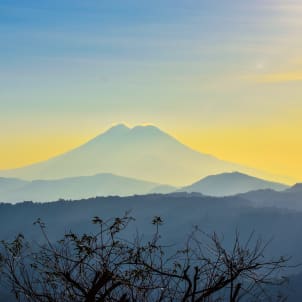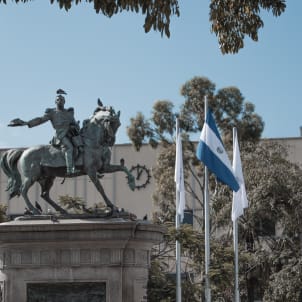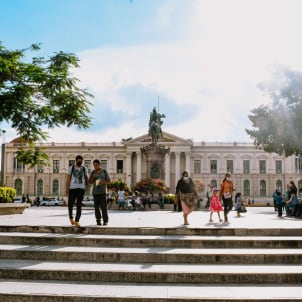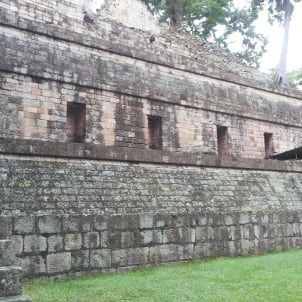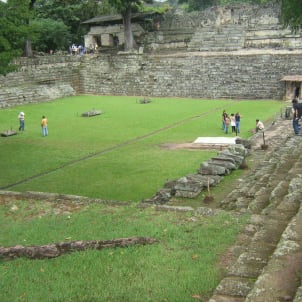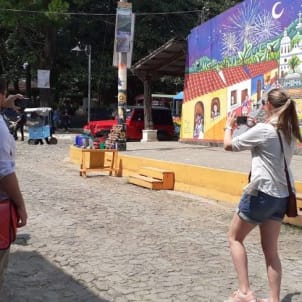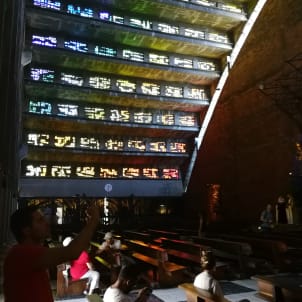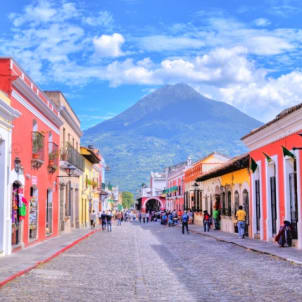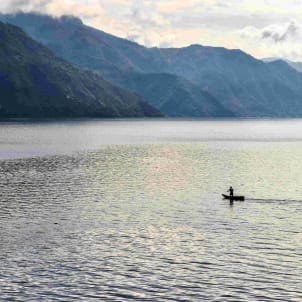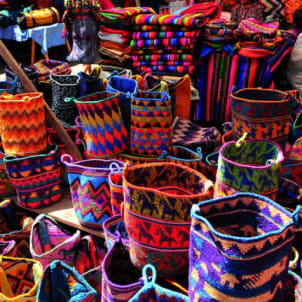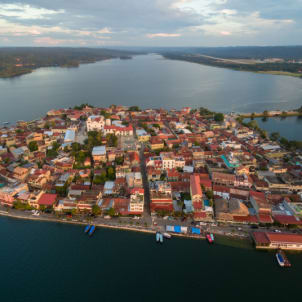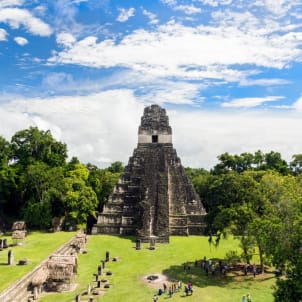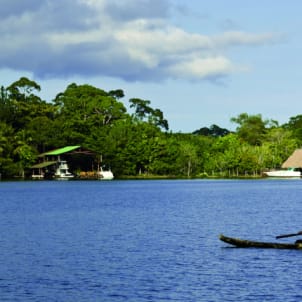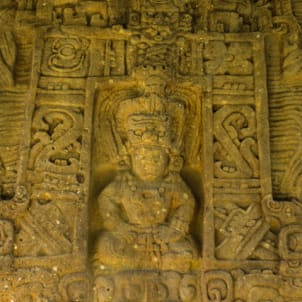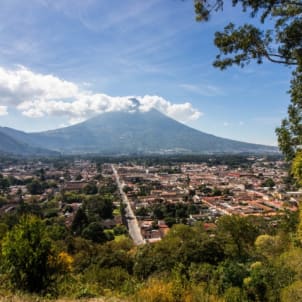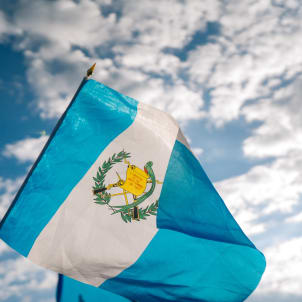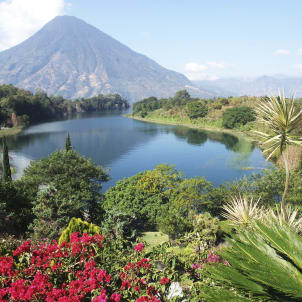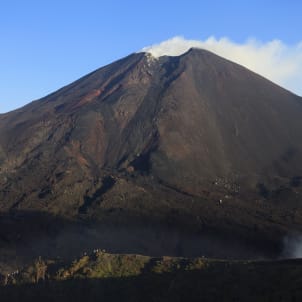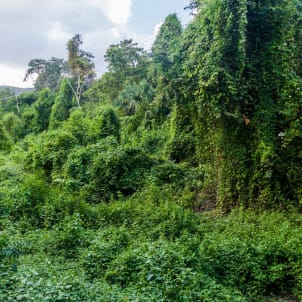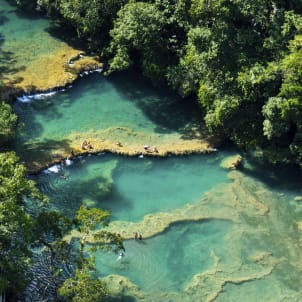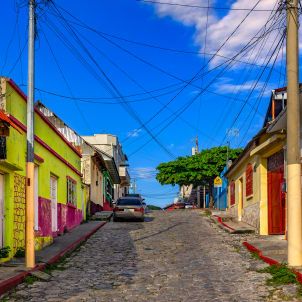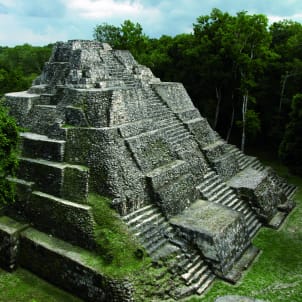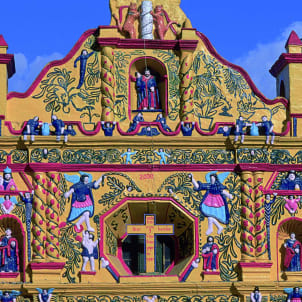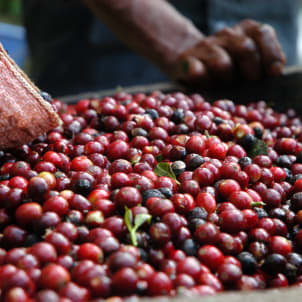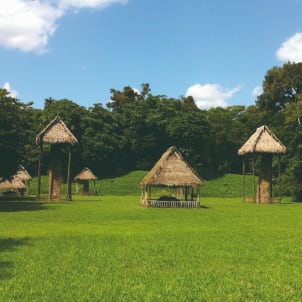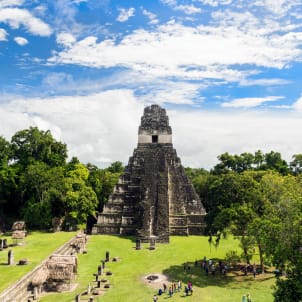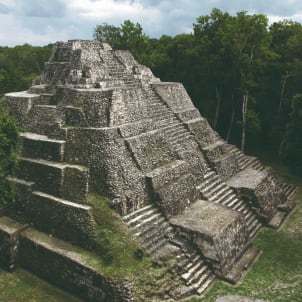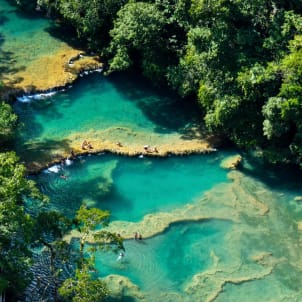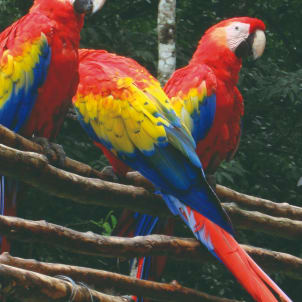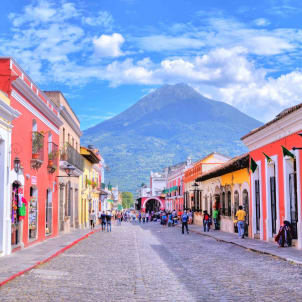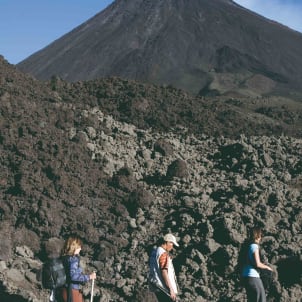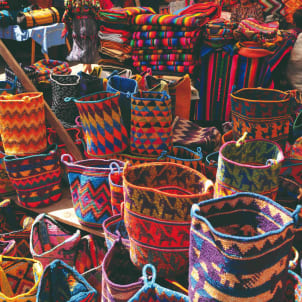Adventure and culture at the heart of Guatemala
4.4/5209 reviews
Discover the magic of Guatemala, between nature and history.
A fascinating journey at the crossroads of history and nature.
Must-see locations
Guatemala: an unforgettable experience between volcanoes and traditions
Just after crossing the Highlands, you embark on a trek in the Petén jungle to explore the vast ruins of the ancient citadel of Tikal.
A bit further east, the tropical forest gives way to the Pacific beaches and the surprising Livingston, populated by descendants of African slaves. Far from the coast, Alta Verapaz, with its mysterious Lanquín caves, will also offer you the chance to cool off in the natural pools of Semuc Champey. And if these breathtaking landscapes make your head spin, the tranquility of the Mayan centers of Chichicastenango and Panajachel or the surroundings of Lake Atitlan bordered by volcanoes will fill you with positive vibes…
A Hidden Treasure in Central America
So much beauty for a Central American country the size of a fifth of France! Guatemala is not just an alternative route for travelers coming from Mexico, but a destination in its own right that has much to offer and showcase. A true feast of breathtaking landscapes and archaeological sites, infused with Amerindian culture.
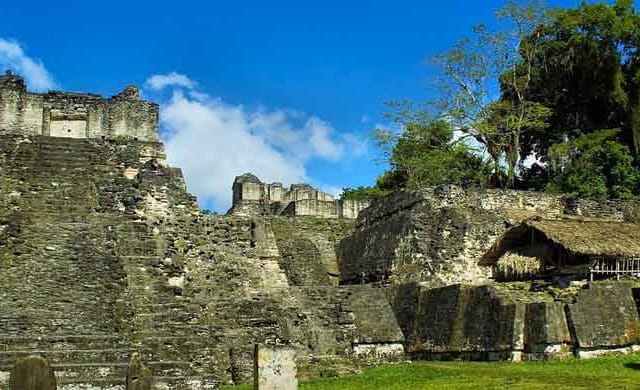
Immersion in a World of Colors and History
Stroll through the Chichicastenango market, a millennial reminiscence of the ancient world of the K'iche people, which twice a week plunges the city into a whirlwind of colors. Set up in the vast quadrilateral of the central square, it is the liveliest market in Guatemala, where everything from everywhere is sold.
The colonial ruins of Antigua, the former capital of the kingdom of Guatemala, still partly bathe in their 18th-century state due to the two earthquakes that occurred in 1773. The dive into the historic center becomes magical as you pass by the baroque ruins of the old colonial world.
On the trail of the Mayan civilization at Tikal National Park, one should choose this pre-Columbian archaeological site to visit throughout Latin America. Lost in the heart of the tropical forests of the Mayan world, the ancient citadel of Tikal will dazzle you with the immensity of its pyramids and the magic of the place.
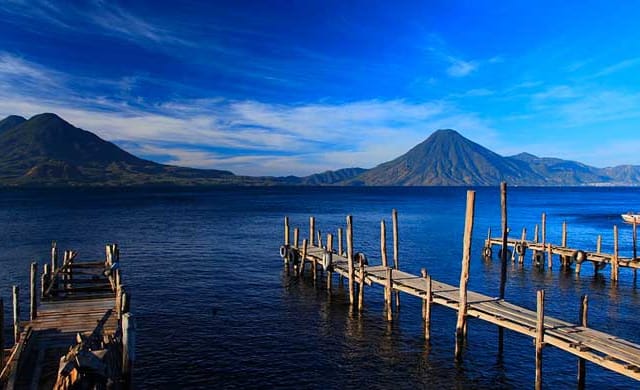
Exploring the Unknown in Guatemala
Bathe in the natural pools of Semuc Champey, the most unusual swimming spot in the country. These waterfalls stretch over 350 meters amidst a dense tropical forest. It is a magnificent setting, serving as a natural habitat for a wide variety of animals and plants, including an important variety of orchids.
Embark on a lancha on the Río Dulce. The motorboat has replaced the canoe, but descending the river between Lake Izabal and the Caribbean Sea will make you feel like an explorer from the time of the Spanish settlers. It is an exceptionally rich environment, an interface between land and sea.
Discover Guatemalan crafts in Totonicapán, perched at 2,600 meters above sea level in the Highlands. The town is home to an incredible craft center featuring ceramics, textiles, and wooden furniture that will not leave you indifferent.
A website by
Customize your trips with Quotatrip and receive tailor-made offers directly in your inbox.
Discover a country
